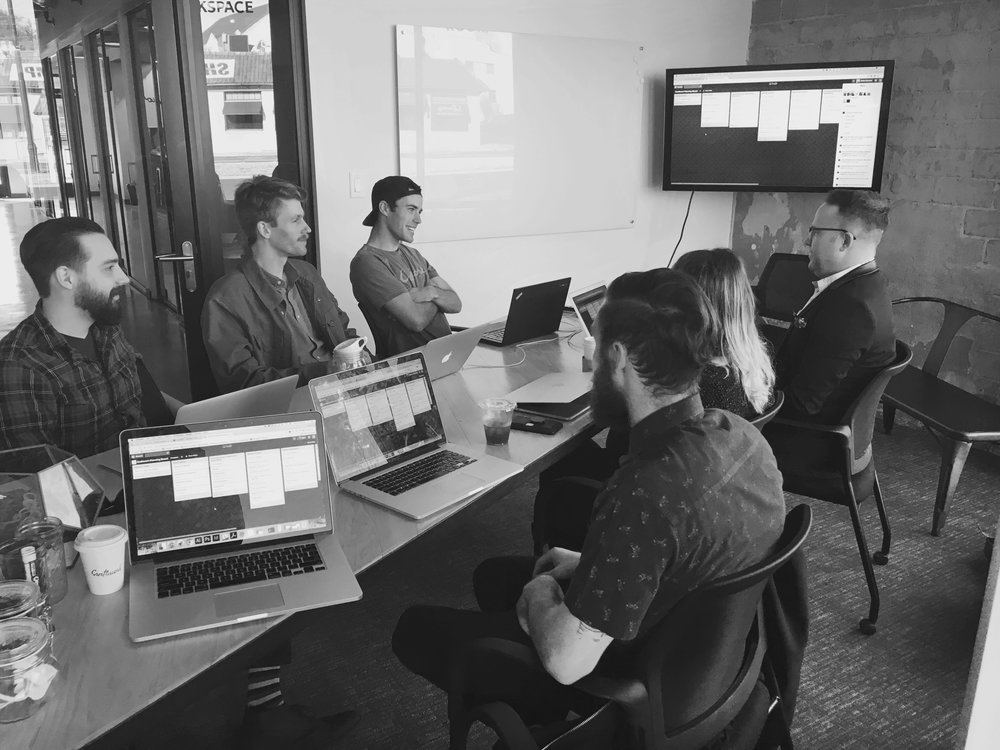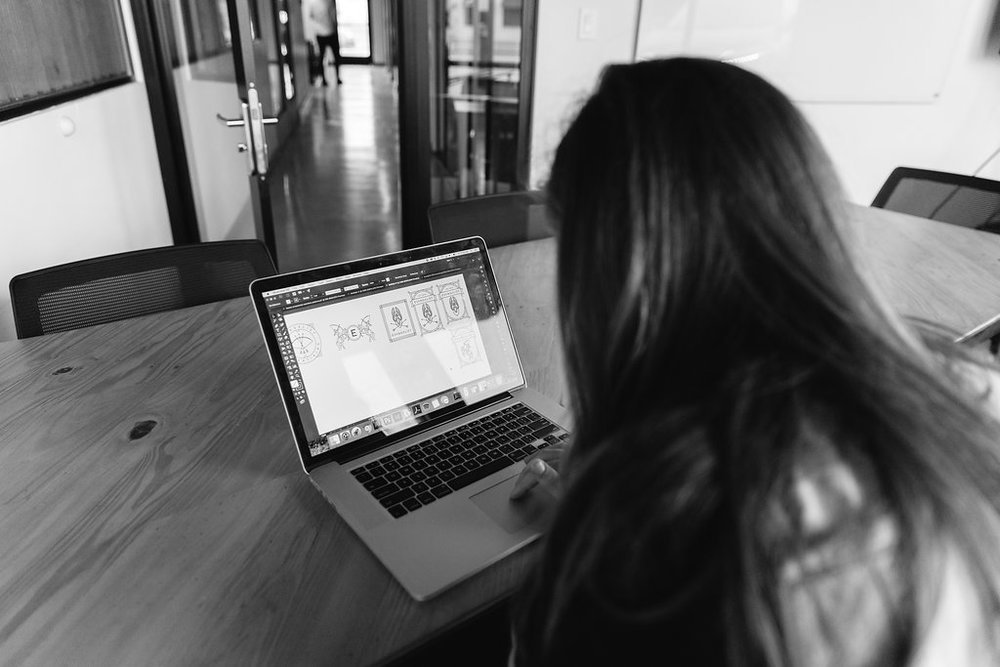Snap Back to Reality, Oh I Mean Strategy
de·sign | noun
1 . A plan or drawing produced to show the look and function or workings
of a building, garment, or other object before it is built or made.
2. Purpose, planning, or intention that exists or is thought to exist behind
an action, fact, or material object.
There is an inherent discord in the world of design between what is best for the client and what is best for the art. The trendiest, most over-designed, and beautiful work is not always the most effective or useful. It can scare the client, extend hours, and demolish deadlines. It causes friction between the designer and the project or account manager, and it creates distrust between the agency and the client. It is the enemy of client relationships.
This discord is also why design is fun.
The balancing act in the world of design, the elusive middle-ground between function and beauty, is the driving factor that makes this profession exciting. In branding, it is the ability to locate a representation that both communicates to and impacts the correct audience visually. In user experience, it’s form versus function, or how to navigate a user effectively and entertain them with small details, all without becoming intrusive or noticeable.
Our design process has a very strategic backbone; we always want to ensure that we’re staying loyal to the client’s brand story while still producing beautiful visual work. First, we start with storyboarding.

1. Storyboarding (client facing)
This is the first meeting with the client. We kick off the project, no matter what it is, with a SCRUM-based method of defining the brand needs, wants, voice, and direction. This gives us a feel for the client we are working with, allows our team to consult on overall brand direction and market strategy, and it defines a creative brief that will guide the project and give us a checkpoint to look back on.
2. Research (internal)
Based on the information we gain in the storyboarding session, we look into the list of competitors and targets provided by the client, immersing ourselves in the product market to better understand both the companies we intend to stand apart from and the customers we are going to engage.

3. Design (internal)
Armed with a creative brief and comprehensive research, the design begins. Pen doesn’t meet paper nor do pixels meet screen before we have full confidence in our understanding of the client, the market, and the audience.
4. Feedback (internal)
After design creates the first round of options, we don’t just hand it to the client. Design first present their work to the whole General Public team to get feedback from all areas of the shop. These checks and balances prevent the over-designing traps to which many agencies fall victim. By allowing input from writers, photographers, media specialists, and the accounts team, we attack every weakness in a design from concept to execution to make sure we’re putting the best solution forward.

5. Quality Assurance: (internal)
After feedback and design edits, our writing and accounts teams take a close look at the product before we present it to the client. We check for spelling errors (hey, we’re human), color distortion, stray pixels, or any other small mistake that we could easily miss.
6. Presentation (client facing)
Finally, we set up a meeting to present the work. Just like introducing a person, we introduce our designs to the client face-to-face. After all, first impressions are everything.
We gather initial feedback in the meeting and then allow a 48-hour period for the client to formulate any more thoughts (don’t worry, we don’t expect you to have all of your feedback ready in a one-hour meeting). Once we have received all final feedback, we return to the top of the loop. We look back at our research, we edit design, we give feedback, and we check for quality; all until we have narrowed things down to the best solution for our client. The design process isn’t just about the final destination or product; it’s about how we got there.
